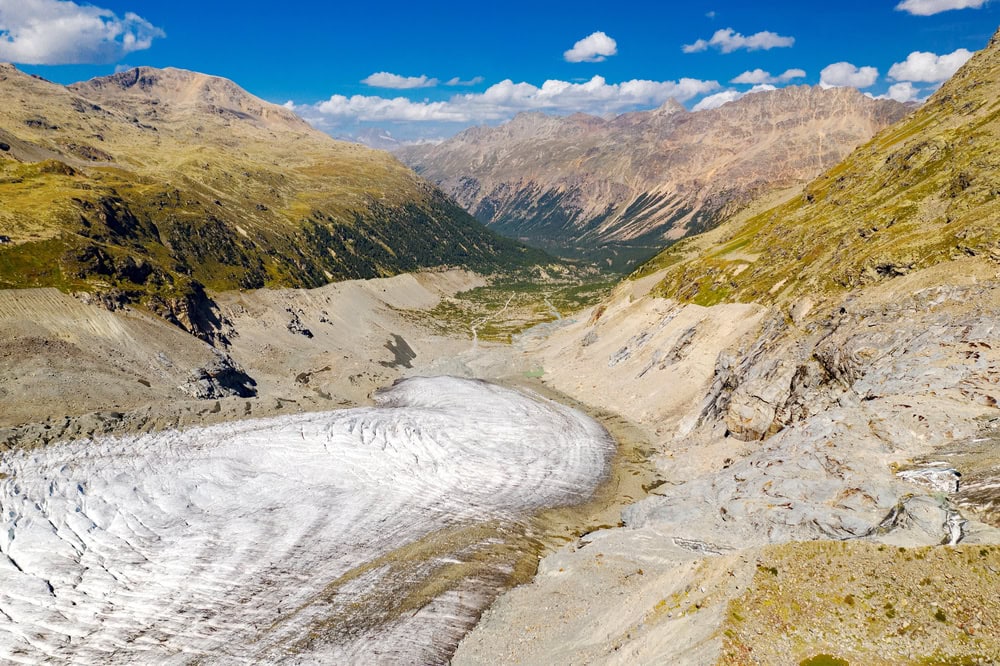The three biggest mistakes in sledding
Sledding is in. What looks simple at first glance is actually associated with some risks. Every year, around 7000 people in Switzerland are injured while sledging.

Most of the time, sledders get away with minor injuries, but it is not uncommon for broken bones or serious head injuries to be the result. The bfu - Swiss Council for Accident Prevention shows which mistakes can quickly put an end to the fun at the doctor's office and how to get down the slopes as accident-free as possible.
Simple and cheap - but not without danger
Sledding is supposedly easy and cheap. No wonder, the fast-paced sport has become increasingly popular in recent years. But a toboggan ride is not completely harmless. Every year, the fun comes to an abrupt end with an accident about 7000 times. Most of these accidents are minor, but broken bones and serious head injuries are not uncommon. In addition, nine people have died in the last ten years. Most accidents happen due to Falls or collisions - for example, when the sledders no longer get the curve or crash into an obstacle. The main injuries are sprains, strains and bruises - especially on knees, lower legs and ankles. Fatal accidents are usually the result of a collision with a vehicle. Benedikt Heer, winter sports specialist at the bfu, names the three biggest mistakes when sledding and explains how to do it right.
Wrong choice of slope
According to bfu statistics, two-thirds of fatal accidents occur on unofficial or closed sledding trails. "That's why it's important to sled on marked sledding trails, obstacle-free routes or slopes with free run-off," says Heer.
Wrong material
If you are traveling with a poorly controllable sled, you increase the Accident risk. It is best to use a toboggan. Once you have become familiar with the technology of this device, the toboggan is easier to control than conventional, rigid sleds such as Davoser or Grindelwaldner. Unfortunately, every second person does without a helmet when sledding. "'Smart minds protect themselves', that also applies on the sled," Heer emphasizes. That's why you should wear a snow sports helmet and high, sturdy shoes with a good tread that can be fitted with braking aids in hard or icy conditions.
No knowledge of the rules
Many sledders do not know the correct rules of conduct, are traveling too fast or overestimate their ability. Simply rushing down the slopes is not a good idea. Benedikt Heer advises: "Stick to the Sledding rules and don't overestimate yourself. Sledding rules are posted at most mountain stations."
Go to Video Safe Sledding
Text: bfu









